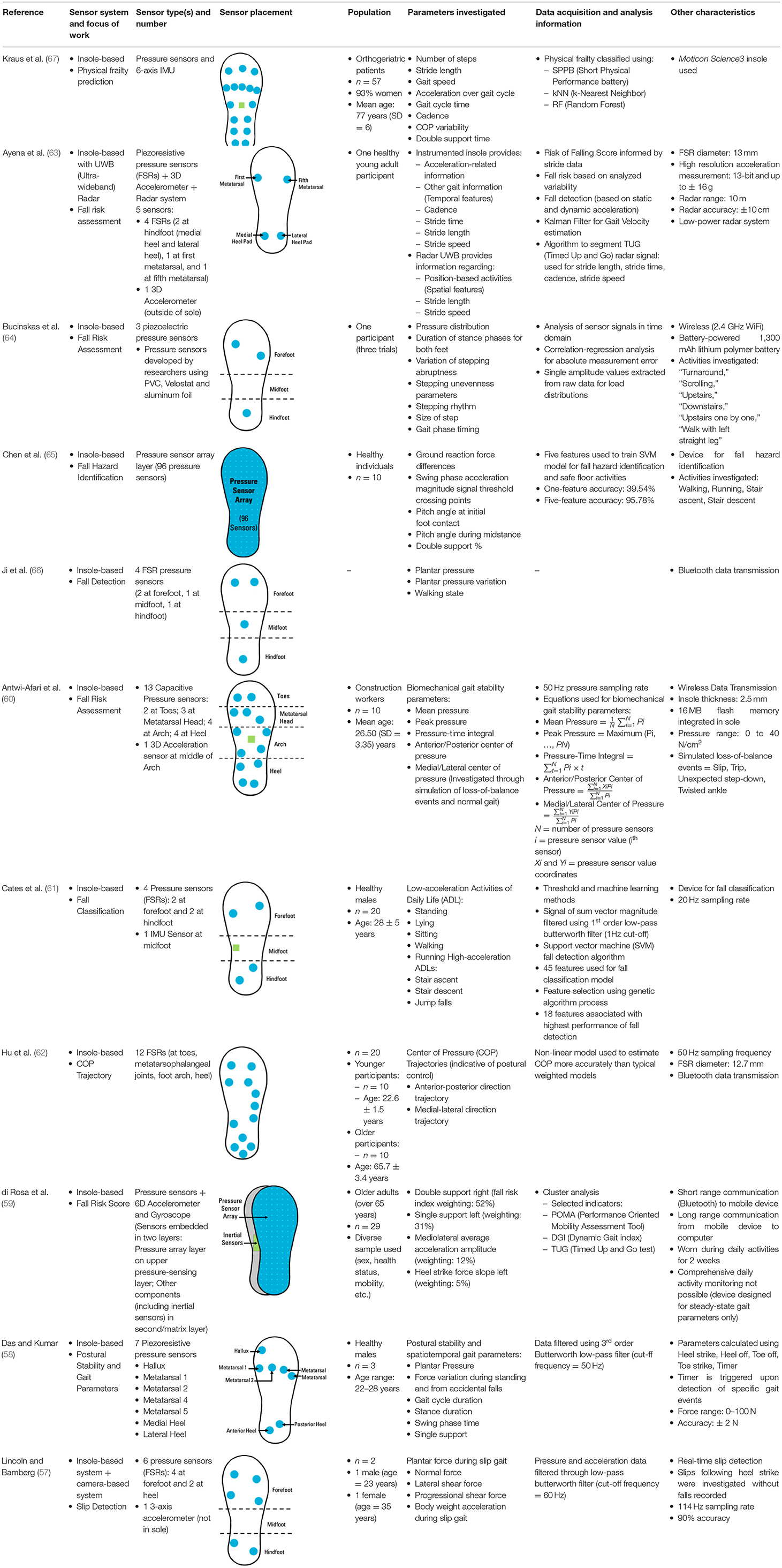Examine This Report about Dementia Fall Risk
Examine This Report about Dementia Fall Risk
Blog Article
The Facts About Dementia Fall Risk Revealed
Table of ContentsDementia Fall Risk Things To Know Before You Get ThisAll about Dementia Fall RiskThe 2-Minute Rule for Dementia Fall RiskThe Facts About Dementia Fall Risk Uncovered
A fall danger evaluation checks to see how most likely it is that you will certainly drop. It is primarily done for older adults. The analysis typically includes: This includes a series of concerns concerning your general health and if you've had previous drops or issues with balance, standing, and/or strolling. These tools examine your stamina, equilibrium, and stride (the means you stroll).Interventions are recommendations that might decrease your risk of dropping. STEADI consists of 3 steps: you for your risk of dropping for your threat elements that can be enhanced to attempt to prevent drops (for instance, balance problems, impaired vision) to reduce your risk of falling by making use of efficient techniques (for instance, giving education and learning and resources), you may be asked several inquiries consisting of: Have you fallen in the past year? Are you fretted regarding dropping?
You'll sit down again. Your provider will certainly inspect how long it takes you to do this. If it takes you 12 secs or more, it may mean you go to higher risk for an autumn. This examination checks stamina and equilibrium. You'll being in a chair with your arms crossed over your chest.
The settings will obtain harder as you go. Stand with your feet side-by-side. Move one foot midway onward, so the instep is touching the huge toe of your various other foot. Relocate one foot fully before the other, so the toes are touching the heel of your other foot.
Get This Report on Dementia Fall Risk
Many falls take place as a result of several contributing elements; consequently, handling the threat of dropping begins with recognizing the elements that add to fall danger - Dementia Fall Risk. Several of the most relevant threat variables consist of: History of prior fallsChronic clinical conditionsAcute illnessImpaired gait and balance, reduced extremity weaknessCognitive impairmentChanges in visionCertain risky medicines and polypharmacyEnvironmental aspects can additionally boost the danger for falls, including: Insufficient lightingUneven or damaged flooringWet or slippery floorsMissing or damaged handrails and grab barsDamaged or incorrectly equipped equipment, such as beds, wheelchairs, or walkersImproper usage of assistive devicesInadequate supervision of individuals staying in the NF, consisting of those who exhibit hostile behaviorsA successful loss threat monitoring program calls for a comprehensive professional evaluation, with input from all members of the interdisciplinary team

The care strategy ought to likewise consist of interventions that are system-based, such as those that advertise a safe environment (ideal illumination, hand rails, order bars, etc). The effectiveness of the treatments ought to be evaluated periodically, and the treatment strategy modified as required to show modifications in the autumn danger analysis. Applying a loss threat monitoring system utilizing evidence-based best method can minimize the her response prevalence of drops in the NF, while limiting the capacity for fall-related injuries.
Our Dementia Fall Risk PDFs
The AGS/BGS standard recommends screening all adults matured 65 years and older for loss threat annually. This testing contains asking clients whether they have actually dropped 2 or more times in the past year or looked for medical attention for an autumn, or, if they have actually not dropped, whether they feel unstable when strolling.
People who have actually fallen as soon as without injury needs to have their equilibrium and stride examined; those with gait or equilibrium abnormalities must obtain additional evaluation. A history of 1 fall without injury and without stride or balance troubles does not call for additional assessment past continued yearly autumn threat testing. Dementia Fall Risk. A fall threat evaluation is required as component of the Welcome to Medicare examination

Things about Dementia Fall Risk
Documenting a falls history is one of the top quality indications for autumn avoidance and administration. copyright drugs in particular are independent predictors of drops.
Postural hypotension can usually be eased by minimizing the dosage of blood pressurelowering drugs and/or stopping medicines that have orthostatic hypotension as a negative effects. Use above-the-knee support hose pipe and sleeping with the head of the bed raised may additionally decrease postural decreases in blood pressure. The suggested elements of a fall-focused checkup are displayed in Box 1.

A pull time higher than or equivalent to 12 seconds suggests high fall danger. The 30-Second Chair Stand examination assesses reduced extremity toughness and equilibrium. Being unable to stand up from a chair of knee height without utilizing one's arms indicates raised fall threat. The 4-Stage Balance examination examines fixed equilibrium by having the individual stand in 4 positions, each progressively much more challenging.
Report this page